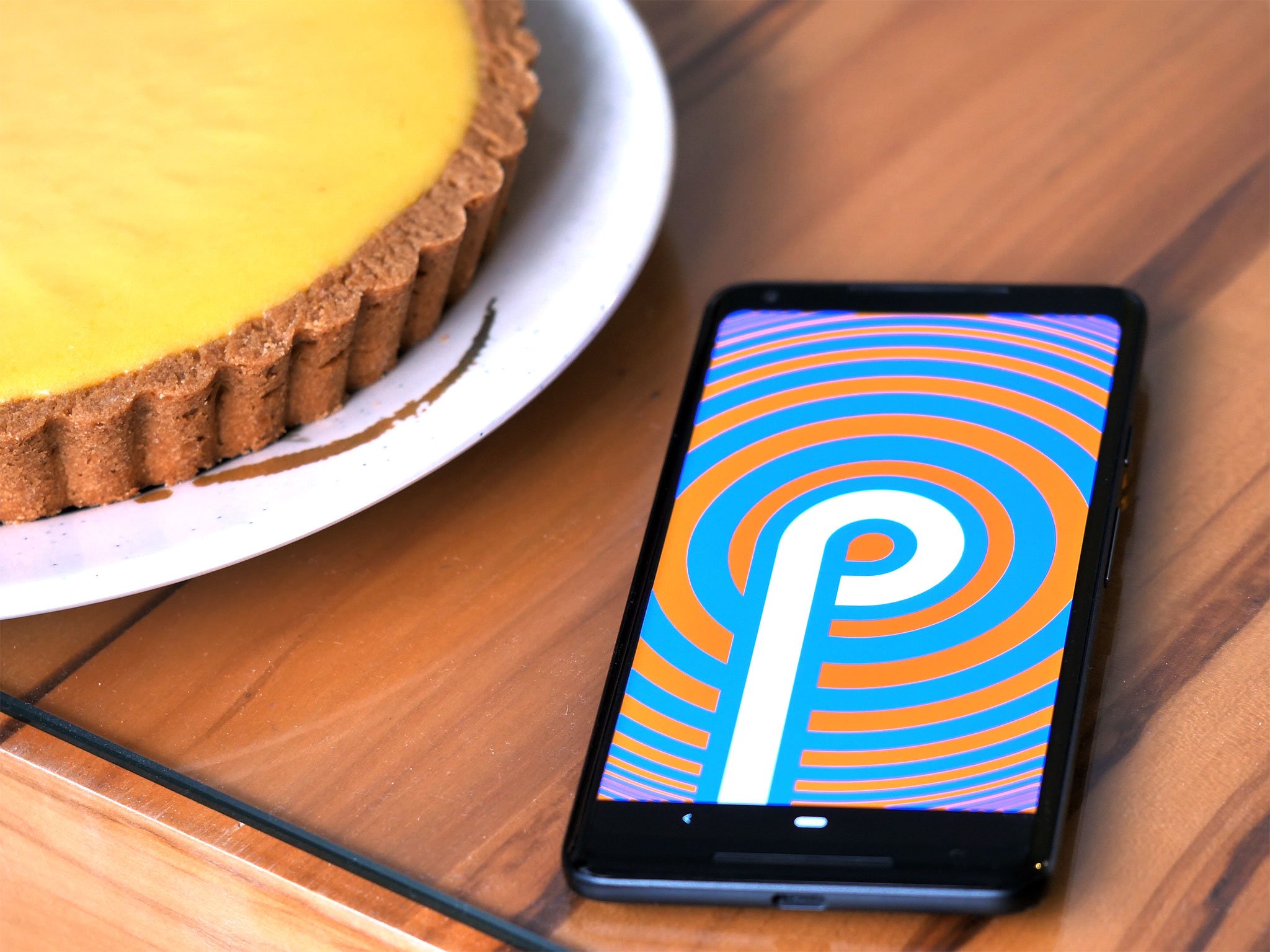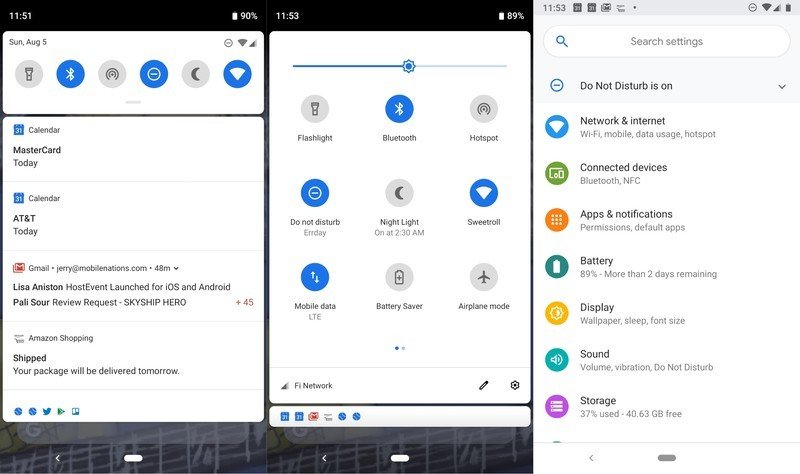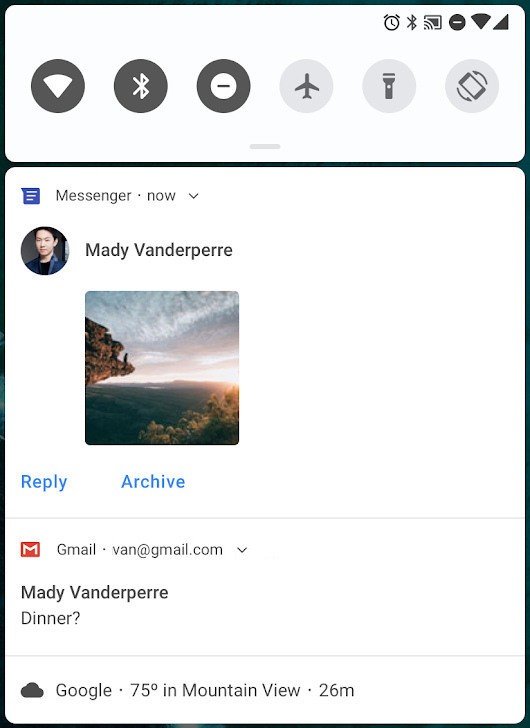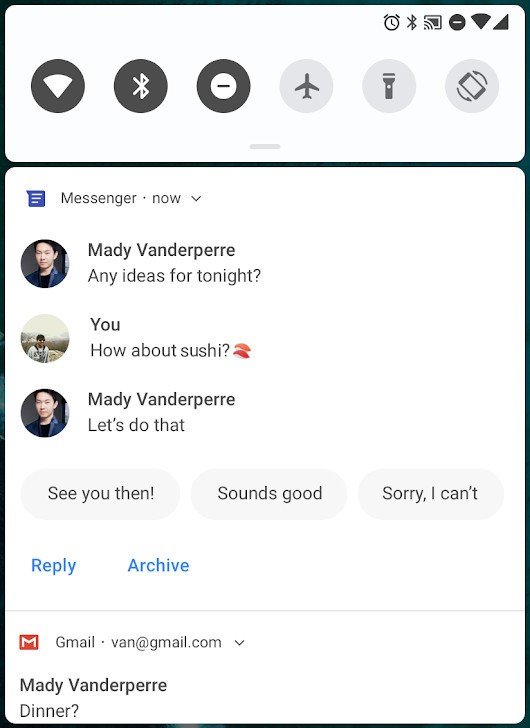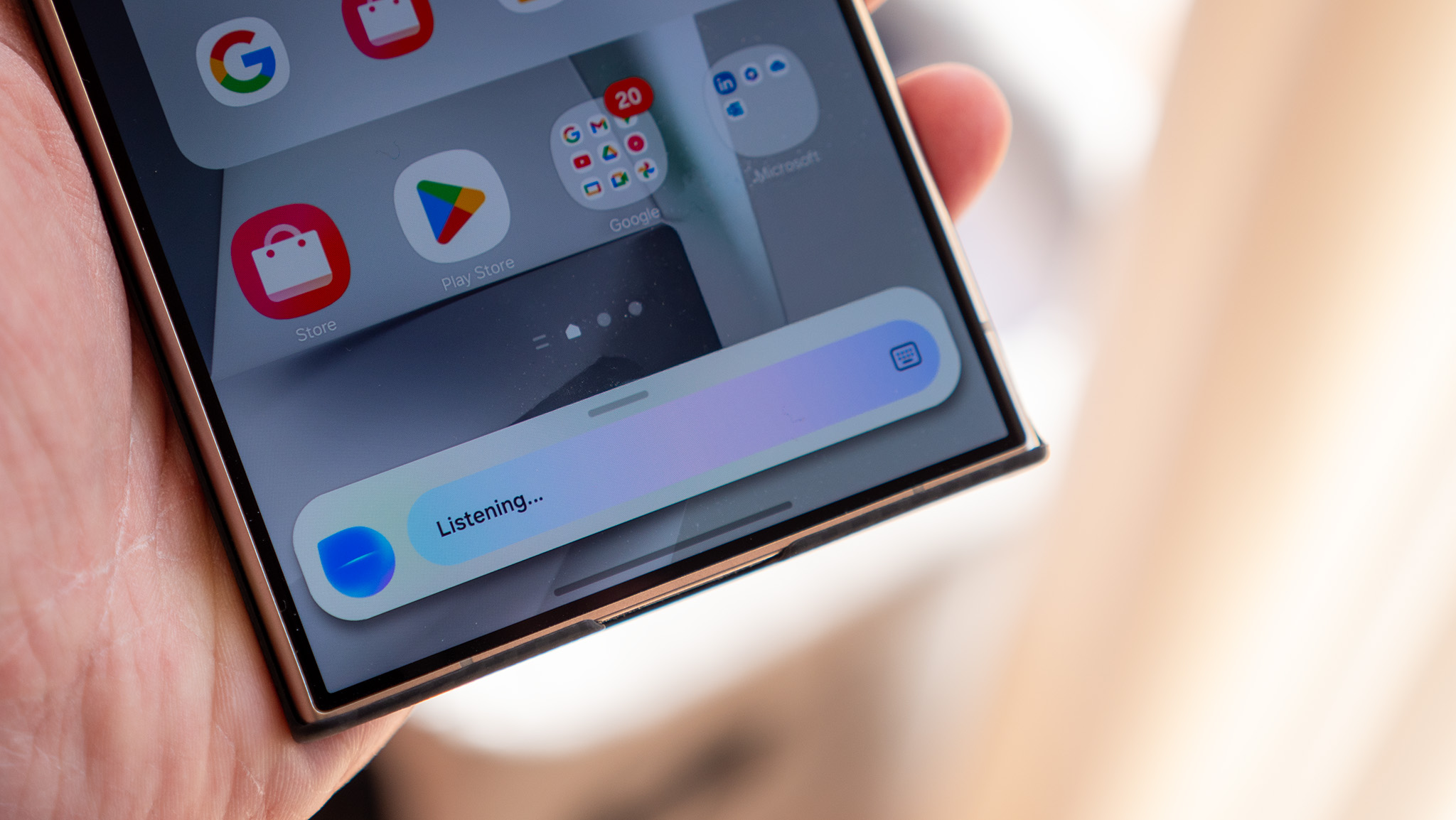Android platform updates have traditionally followed one of two paths: delivering a huge number of changes that make thing very different than they used to be, or tightening the screws and polishing the silver of what we already have. Both play a very important part of maintaining a long-term platform like Android, even if they don't provide an equal dose of "wow" power.
Google's release of Android for 2019 is Pie. It falls in the middle of the two types of updates much like the previous version, Oreo, did last year. Common wisdom says that this is what to expect in an update; Android is stable and established, and as long as Google doesn't change its goals for the platform, tossing it to try a new look probably isn't in the cards. Android Pie may look and feel a lot like Oreo or Nougat, but the feature additions and minor tweaks only tell a small part of the story.
Android Pie is where Google starts to make the software something new and different through the use of AI. Google aims to have Android 9 Pie learn from you, so it can, over time, improve. On its own. With Pie, your phone will try to predict what you're going to do next. It will help preserve your battery by knowing what apps you use most and prioritizing those over others. It will make it easier to switch from the thing you're doing right now to the thing you want to do next. And at the end of the day, it will help you shut down and tune out so you get the break you deserve.
Google had everyone guessing the nickname for Android 9, but we've witnessed the changes as they happened through the developer previews and beta versions. Now that we're able to see the final product, it's time to step back and take it all in.
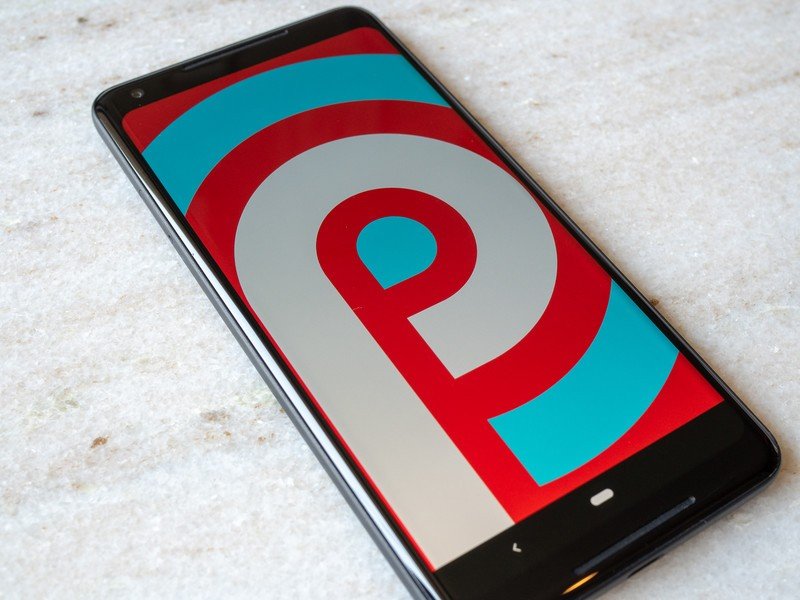
About this review
Work on this review started the moment we received the very first Android P developer preview. And for the first time, we didn't have to base our assessment on phones only from Google. The expansion of the Android Beta program to other device manufacturers gave us an idea of how things work on phones that don't have the Android team across the hall. This gives both Google and its hardware partners a better foundation for updates and long-term software support, especially on phones where the software doesn't resemble the Pixel's version of Android.
Much of what we see with Android Pie will be Google Pixel specific, but everything under the hood will apply to your phone, too.
Having said that, this review will still be very Google Pixel-centric. It has to be — we have no idea when or how these features may be adapted for Samsung or Huawei phones once they are finished. Some features will be better once more bright minds have a go at them, others won't fit in very well, and others might be plain broken.
This review is a high-level look at what the Pie update brings to Android and the direction Google is steering the huge ship that powers billions of phones.
Get the latest news from Android Central, your trusted companion in the world of Android
Look and feel
How Android Pie will look and how the user interface helps or hinders us when we go to use it all depends on who made our phone. The Android 9 Pie you see once the Galaxy S9 finally receives it will have little resemblance to what you see here.
But Google's "stock" vision of Android matters more than ever now that companies like Motorola, HTC, OnePlus, and Sony are staying close to Google's implementation. Maybe this is the result of Google focusing on how Android looks and how basics like navigation and multitasking are handled. Regardless of the reason, "Pixel style" Android will be present on more phones in 2019 than ever before.
Changes to the look start at the top of your phone. Google has made additions to Android that allow manufacturers to ship phones with a "notch" where a portion of the top of the screen is unused and blank.
The immediate change is the shift of the clock to the left of the screen while the service indicators for things like your cell connection and battery remain on the right. This was done so that the time and status indicators will always be visible no matter how notchy your phone screen needs to be. (Lots of Android phones, from the OnePlus 6 to the Huawei P20 Pro, have notches and run earlier versions of Android, but Pie offers APIs for developers to optimize their apps for the notch.)
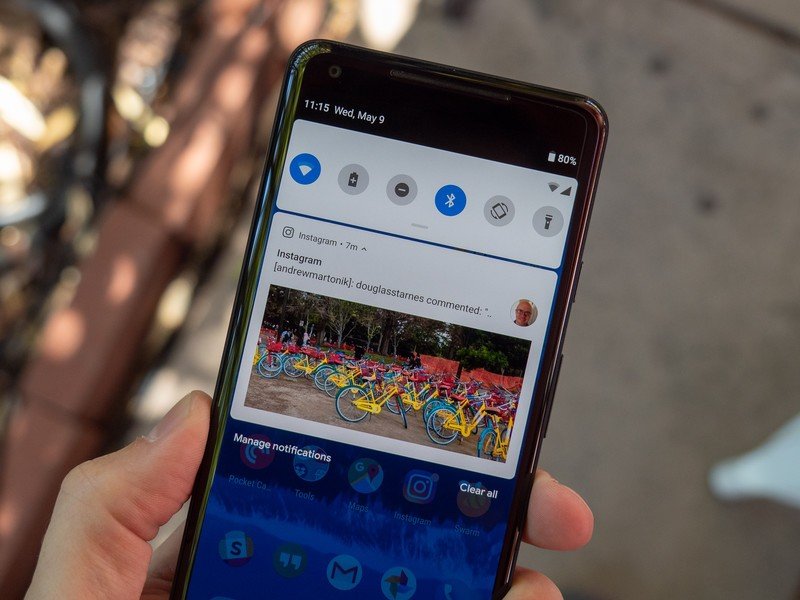
Notifications are more useful
Pull the notification down and you'll see the next big change and notice that notifications are now done using a card-style interface. Your quick settings remain at the top and have a new look that's more colorful and provide a more noticeable indication, using a big blue circle, that something like Bluetooth or Wi-Fi is active. Those quick settings are also their own card and can be expanded by dragging the handle or swiping the fingerprint sensor a second time. These changes are an overhaul of how Pie looks, but the rest of the notification shade has seen a drastic revision.
Changes in notifications are always welcomed and usually a large part of any Android Platform level update. With Pie, we see quite the visual overhaul while the basic function stays the same. Rounded corners and brighter colors rule the roost, and once developers make the small changes to take advantage of Pie's notification system, everything will become more useful and informative. That's what notifications should be.
Every developer will now be able to implement smart replies using Google's machine learning algorithms. Your phone parses the content of a notification when it draws you the preview, and used with information the app itself has up to three smart replies are available. You can perform any of these actions with a single tap, and your decision will be sent to the application and the notification will be marked as read and removed from the shade.
For messaging, Pie's new person class allows an app to identify the sender and provide you with the user avatar and name that you recognize as well as the first few lines of a message. A quick drag will expand and give you more context should you need it.
More: Android P features you'll love: Improved notifications, 2018 edition
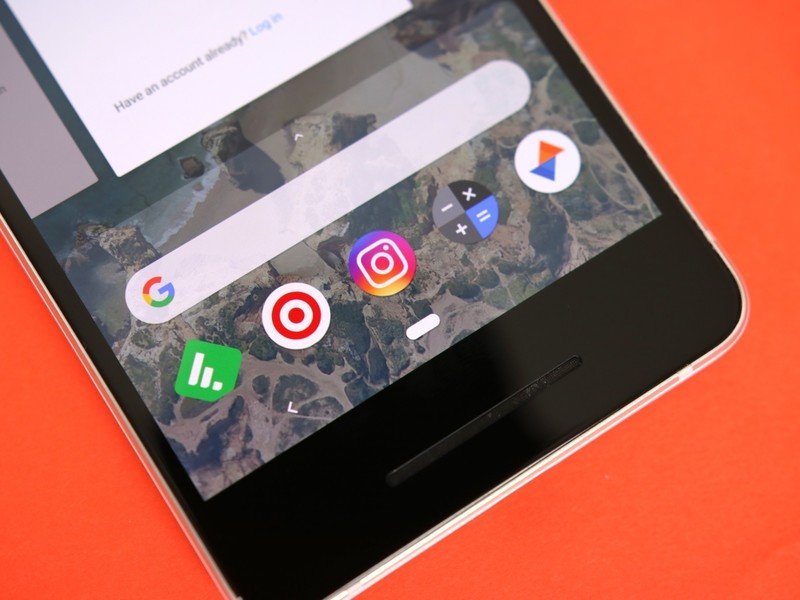
Gesture navigation
The biggest overall change we see with Android Pie is the inclusion of gestures into the navigation settings. It's a simple change — enable gesture navigation and you swipe to open your recent apps and swipe more to open your application tray. The back button — a staple of Android since its inception — is mostly gone. For better or worse, Google now expects developers to implement their own navigation inside apps or us to simply return to the home screen and rely on the new AI features to manage opening and closing of apps.
The best part of the new gesture system is that you aren't required to use it nor is the company that made your phone required to include it. It's simply a new way to navigate — one that needs a lot of polish in Android 10.
More: How to master the new Android Pie gestures
Smaller tweaks abound
Another visual change comes to the settings app. Once upon a time, Google loved the slide-out hamburger menu. When the company decided to use it in Android's system settings pages it realized that there is often a better way. With Pie, the actual menu design hasn't changed, but now things are more bright and colorful. Not everyone will love bright and colorful, but Google does.
Other smaller tweaks abound and you'll notice tiny changes like the arrangement of the battery usage screen list items as you use your phone. Now Playing notifications are as colorful and bold as they were in Oreo. Icons and animations have small changes but still remind us all of Oreo, as do ambient notifications — the card style has been implemented here but the level of information and placement remains the same. Even notification dots have made it through the update process unscathed.
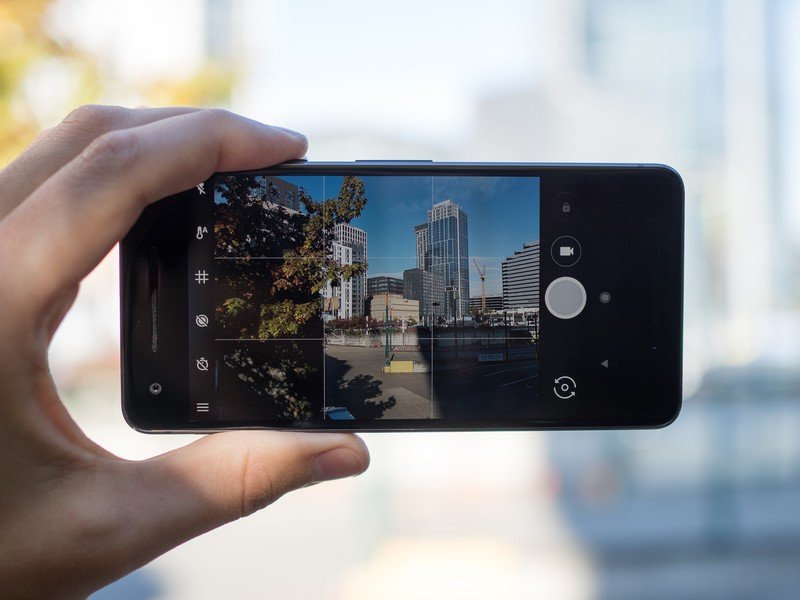
A better camera experience
There is a very good chance the phone you have now has two cameras on the rear. Not every company has the resources to build out a cluster of machine learning servers that can analyze a photo and make the adjustments needed for color and focus that Google can do with a single lens, and the addition of a second for depth perception, focal data, and other image information is the logical alternative. Android Pie adds OS-level support for multiple cameras in a great way.
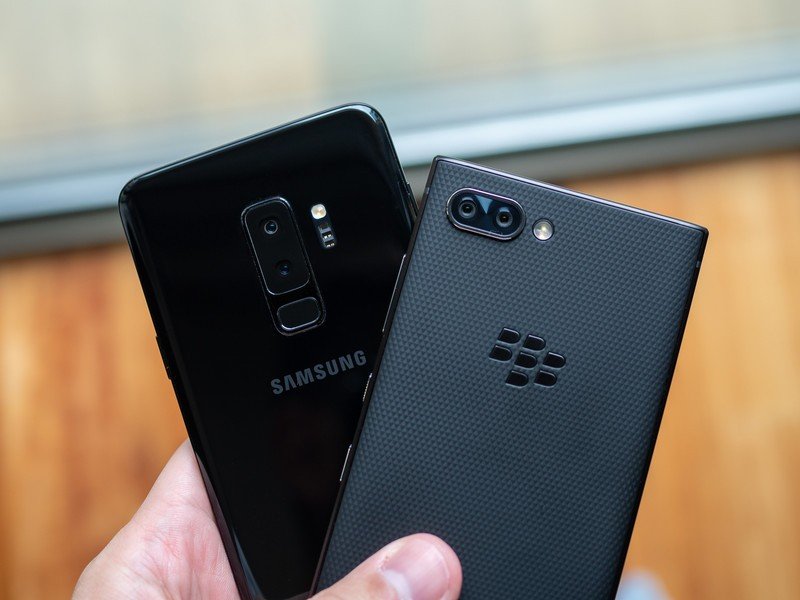
Multi-camera API
Multiple cameras that build a single photo require that real-time data be acquired and processed concurrently, and not every company has the resources to do this. That's why companies like LG and Samsung can provide great results using two cameras while other companies show very little improvement over a single lens. The new Multi-camera API allows for two cameras to operate this way, plus a whole lot more.
Not every company has the resources to write their own multi-camera software, and now they don't need to.
A clear and true-to-life photo is the most important thing a camera can deliver, but we all like a bit of extra flair now and then. The new Multi-camera API also allows for "logical" cameras to be used — the actual physical cameras gather data to use in the photo as normal, but switching is done so fast that one or both can also acquire extra data into a separate stream as if there were a third camera. This allows for real-time filters or extra photo data for effects or portraits without changing the original image data.
The specifics might get into the weeds a bit, but what it all means is that your phone camera doesn't have to give a lower quality look when you add effects or filters or do something like after capture refocusing. This means a company like OnePlus, which can offer the same great hardware when it comes to the camera system, now has a much easier time improving things on the software side. Hopefully, this means that choosing which phone has the best camera in 2019 will be a lot more difficult than it was in 2018 and that almost every phone has a great camera.
More: Android Pie features you'll love: A better camera experience
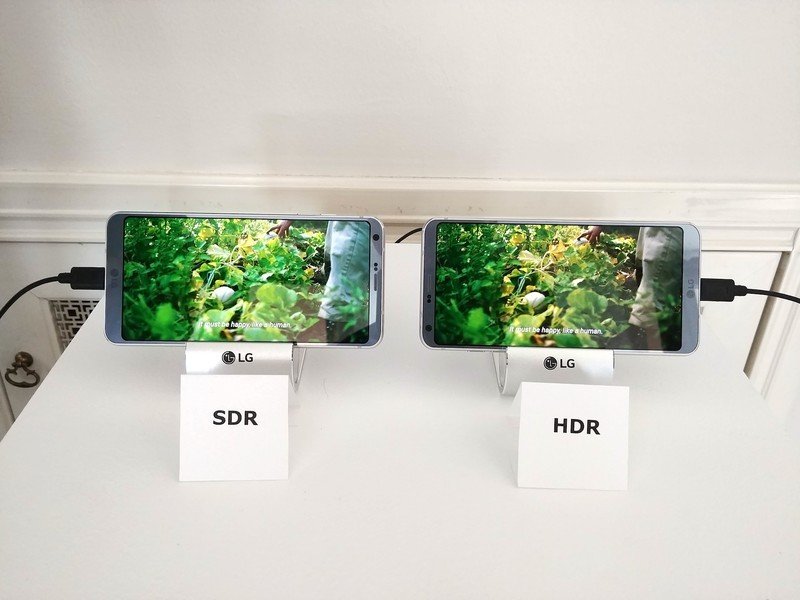
HDR and HEIF
How images are captured is only half of the .. erhm .. picture. How we look at them is important, too, and the addition of HDR and HEIF support means we can look at more of them and they could look even better.
HEIF is the new High-Efficiency File Format that allows photos to be compressed more with less quality loss. If you've ever dabbled with hobby or professional photography you're probably familiar with compression — a raw image file is much larger than a .tiff image file, which is still a lot bigger than a .jpg file. The .jpg — usually your "final" picture, still looks good but it has had most of the extra image data stripped away. Complex algorithms decide what data is "extra" by making tiny changes to colors, shapes, and focus that shouldn't have any effect when we use our eyes to look at a photo instead of using software to analyze it.
Upload your HEIF files to Google Photos so you can view them anywhere on any device.
HEIF compression does the same thing. It scans all the data in a captured image, tosses what it thinks we would never notice and uses what remains to build a (hopefully) beautiful picture that is saved on your phone. What's special is that the algorithms are better and the file size is smaller while the image looks as good or better than a JPEG. WIth Android 9, the system can now not only view HEIF files but as long as the ISP (Image Signal Processor) is capable, it can save them, too.
Android 9 Pie also supports HDR VP9 video at the OS level. This isn't much of a change for some of us who have phones that can already process HDR video, but it means that now all Android phones have the luxury. Having support at the system level means developers no longer need to license any technology in order for you to enjoy the benefit that HDR can bring.
More: Android Pie features you'll love: Improved photo and video with HDR and HEIF
Of course, one change is never enough for Google and we also see new ways developers can make the camera process images faster, help us share them more easily, and even provide more data for after-processing editing. None of this makes us better photographers, but our cameras will be better at taking the photos.
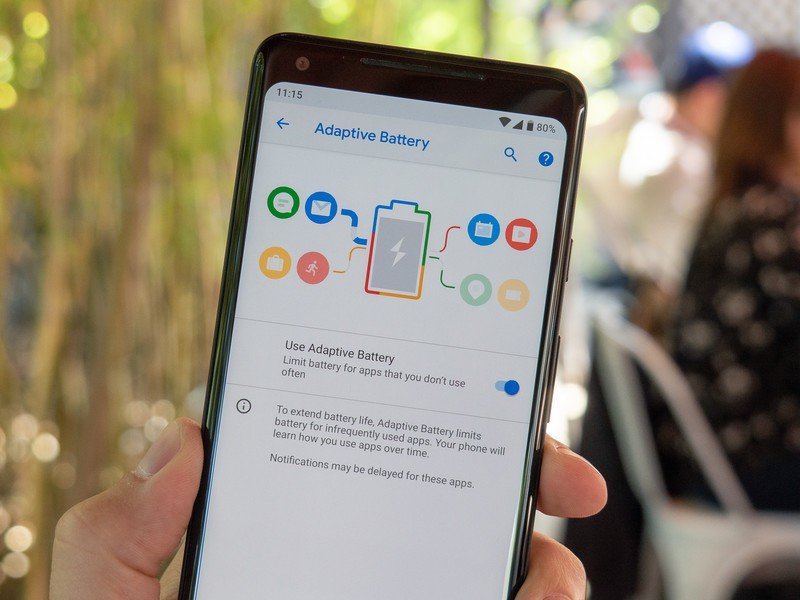
Saving your battery using a smarter phone
Seeing AI demos can often be informative and entertaining, but with Android Pie, Google is using AI to finally do something utilitarian and useful — help extend the time between charging.
We are all creatures of habit. We tend to do the same things — whether on our phones or anywhere else — at or around the same times almost every day. You have a routine when you wake up in the morning, and so do I. The parts of it that involve our phones' batteries are about to get a lot smarter thanks to Adaptive Battery.
AI can drive cars and make appointments at a hair salon, but it's nice seeing that it can do something useful, too.
Android is a lot like the software that runs your computer. Apps have multiple processes running and those can work independently of each other. Often, one or more of them will try to stay alive in the background so that it can perform its task. Think of an app that refreshes with data from the internet; Twitter is a good example. When you open Twitter your timeline is where you left off, but all the new messages are already downloaded and in place. That's because Twitter has a process that checks and refreshes data every now and then.
With Android Pie, if the system learns you use an app once and then stop for a while, you'll be asked if you would like the system to manage the app. it will close everything down that's not needed and put it into a very low-power state until the next time you use it. It keeps it that way because it will save your battery life. Too many apps that keep the processor or network alive and running can wreck your battery even when the screen is off. Google's AI can try to prevent that.
More: Android Pie features you'll love: Adaptive Battery support
Adaptive Brightness
Ai is also working on another thing that can be less than kind to our battery: controlling how bright our screens are through Adaptive Brightness.
We all want a bold and bright display on our phones. If you're outdoors, you probably wish it were even bolder and brighter sometimes! But screen brightness, regardless of the type of display used on your phone, is one of the most power sucking features on any device with a display. Traditionally, phones have used a light sensor to control any automatic brightness features, and they work fairly well.
Allowing software that can recognize what any sensor sees as well as other ambient conditions so it can turn that data into something useful — how bright the display should be — is another simple and remarkable achievement. We've come to expect big things from Google's big ideas, and often we forget about the little things. It's nice to see that the basics haven't been overlooked to make room for the grand.
App actions when and where you need them
Another smart feature we see on Android Pie is App Actions. These depend on prediction but are far more complicated than sending an app to timeout or turning down the screen brightness.
Actions are designed to know what you're about to do and provide you with a quick and easy way to get it done. Some can be simple — connect a set of headphones to your phone and the playlist you last listened to will appear. Others can be complex — ask your Google Home about booking a car and the Lyft app can open on your phone at the point where you enter the details about your ride.
Google Assistant plays a big part in the App Actions feature, as it's modeled on what Assistant on your Google Home or phone can do today. You can see an overview of the available Actions for Assistant already, or even set up some of your own.
More: Android Pie features you'll love: App Actions
Google's ambitious use of AI for handling these tasks works surprisingly well. Every app you allow Android Pie to manage works exactly the way it should when you're using it and adaptive brightness works as well as relying on a sensor ever did. Actions show some incredible promise once developers get on board and think about using them in ways nobody else has.
Google has finally used AI for something amazing and simple.
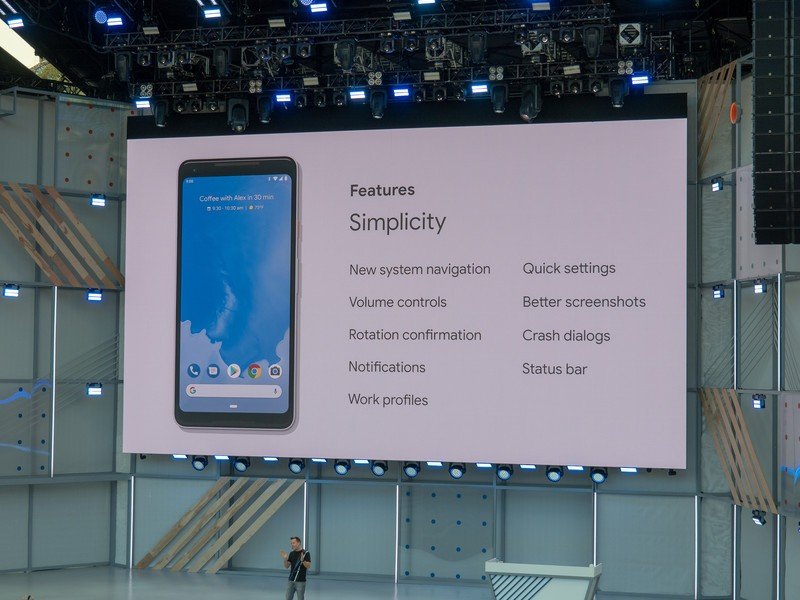
K.I.S.S.
Simplicity seems to be a theme in Android Pie and small but relevant changes throughout the OS can make a big impact when we just want it to work.
Features like better volume controls and rotation confirmation mean we no longer have to dig levels deep to find a setting to make a change. The same can be said for the new power confirmation dialog which asks if you meant to take a screenshot by giving you the option beside the usual off and reboot entries. Who hasn't tried to take a screenshot and ended up in the power dialog?
Small features can be as important as the larger ones.
Work profiles make it easy to separate free time from the work week with separate instances of the apps you'll need and an easy way for you or your IT department to set up and manage them all. Indoor navigation using the IEEE 802.11mc Wi-Fi protocol — also known as Wi-Fi Round-Trip-Time (RTT) — means we can find our way around inside the shopping mall as easily as we can outside of it. Of course, improvements to privacy and security like the new support for improved biometrics mean we can rest easy knowing our phones are safer than they have ever been.
Simplicity can be a very good thing when done right. Many of these changes look to have been done right.
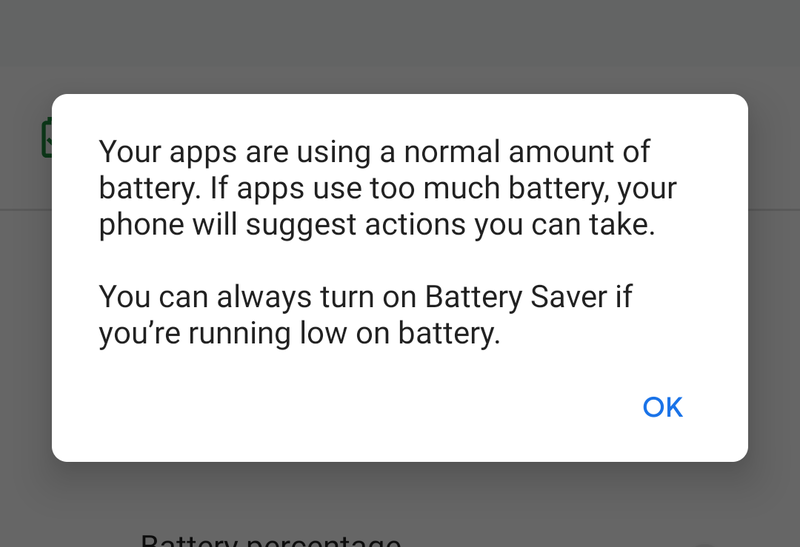
Restrict bad apps when they need it
There are thousands of different models of phone that run Android, and not all of them are on the same version. This can be frustrating to a developer — and the end user — because apps tested and perfected on one set of hardware or one version may act differently when faced with a different environment. Android Pie introduces Background Restrictions to keep misbehaving apps in check.
If an app exhibits some of the bad behaviors described in Android vitals, the system prompts the user to restrict that app's access to system resources. This is a new feature for Android P.
Android Vitals is a Google program that has only one goal — improve how your phone runs. That can be difficult because nobody can test a phone using the very same set of apps and location you are in, and what works one time may not work another. The companies who make our phones test them rigorously before they send anything out the door, but the first thing we all do is add more apps. It's impossible to determine how one person will use their phone, let alone every person.
When apps do anything in the background that the Android Vitals initiative has described as impacting performance, it can be restricted as to what it is allowed to do without you telling it to do it. The company that built Android for your phone also gets to decide what sort of restrictions can be placed on an app that's marked as misbehaving. That's good because the company who built your phone is the only company that knows exactly how bad performance can be impacted. Here's a list of what an app can be prevented from doing if it will degrade performance by doing it in the background.
- Run jobs. A job is a single unit of work that you, an app, or a part of the OS called a scheduler (it runs things on a schedule) assigns to the operating system.
- Fire alarms. An alarm is an alert or event that gets sent from an app to the operating system. These are different from the types of notifications you see.
- Use the network. This means any network — LTE, 3G, Wi-Fi, etc.
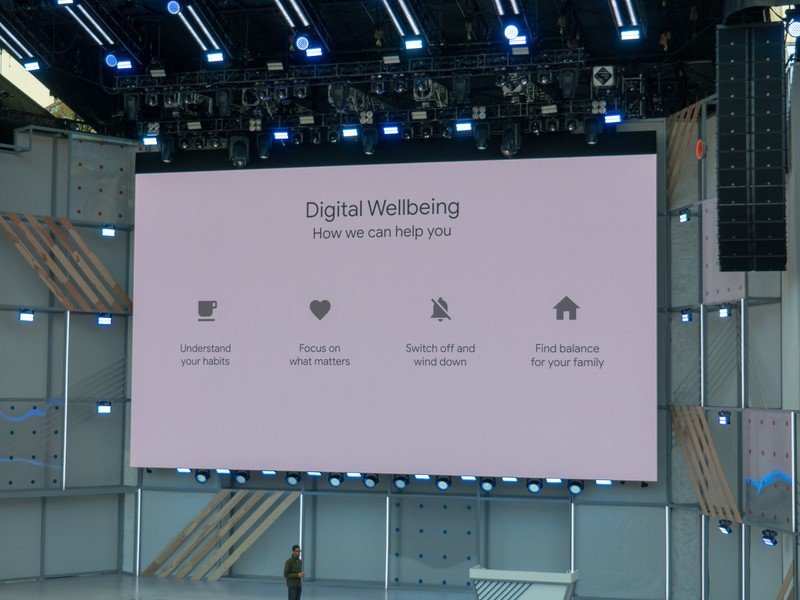
What's 'coming soon' to Android Pie
There are also two big things yet to come to Android Pie: Digital Wellbeing and App Slices.
App Slices is another way the AI inside your phone can help you do what you need instead of just telling you how to do it. Developers can use Slices to drop a small portion of their own user interface — a slice, if you will — that's connected to Google properties like Search or Maps. Imagine typing a question about somewhere you would like to visit into your Google Search bar and seeing a popover from an app that can book a room or one-tap navigation instructions. this — and more — is possible using Slices. Slices is currently being beta tested and will become available to all developers sometime in the Fall of 2018.
Google says these features will be available sometime in 2018.
Digital Wellbeing is Google's ambitious project that exists to take the tech out of our life from time to time when we need it to.
A new Dashboard will let you know how much time you spend on your phone, and even how much time you spend inside a specific app. Other useful information like how many notifications you've received (too many!) and how often you unlock your screen is available. You won't be able to get away from seeing how much of a phone junky you might be!
Seeing this information can be helpful but providing ways to limit it all is even better. Digital Wellbeing will also bring things like app timers to make sure you don't spend all day on Facebook, changes to Do Not Disturb that make your phone quiet and keep the distractions from popping up on the screen, and the new Wind Down Mode helps by adjusting the display using the Night Light feature once it gets dark, and when it's time to get you ready for bed it will enable Do Not Disturb and switch the display to grey scale.
Digital Wellbeing is currently available in beta form for Pixel users and expected to be ready for Android One phones and select others later in the year.
More: Google's Digital Wellbeing initiative: Everything you need to know

A big slice of upgrade
At the top of this review, we talked about how some of these changes won't be the same on your phone unless you're using a Google Pixel. When your phone was designed and built, a group of software engineers was tasked with adding the right features to Android. But part of what makes Android great is how different it can be from device to device.
As manufacturers release their takes on Android Pie, we'll see how these features are implemented and customized. It's always fun to compare how each company makes Android its own, and it will be no different with Android Pie. Google has added some very important changes to security and stability that we all love seeing and every phone benefits when that happens.
The best parts of the Android Pie update, in my opinion, are the least flashy. Using the AI engine Google has worked on for the past few years to save your battery by clamping down on apps or lowering the brightness of your display is great! It works well and does so without any kitschy user interface. Most importantly, it does what it's supposed to do without getting in your face or using up any of the resources it's supposed to be saving. Almost as great is the addition of a multi-camera API so that developers can now have something consistent to use and support for HDR. This is what Google needs to do if it wants to call Android its own — add feature support directly to the software instead of outsourcing it to phone makers with varying degrees of success.
Android Pie brings a bit of control where it's really needed — taming bad apps — and that's a great feature addition in itself.
Other features, though, like Google's half-hearted attempt at gesture navigation and its laissez-faire attitude about how a notch should be sized and implemented take a different road. We've seen far too often what can happen when Google lets phone makers do whatever they like — and the final product is rarely good. Basics like how I get from one screen to another or what information I can see when I get a notification are important and need to be consistent. What Google has done turns them into a feature that companies will butcher in order to differentiate themselves.
4 out of 5
Overall, Android Pie offers a bunch of minor improvements. That's a good thing, and I think once developers start taking advantage of what we can't see it will get even better. And I think that some developers will take notice and use what Google has given them to make Android Pie great.
Here's hoping that when your phone gets it, it resembles what we see here.

Jerry is an amateur woodworker and struggling shade tree mechanic. There's nothing he can't take apart, but many things he can't reassemble. You'll find him writing and speaking his loud opinion on Android Central and occasionally on Threads.
